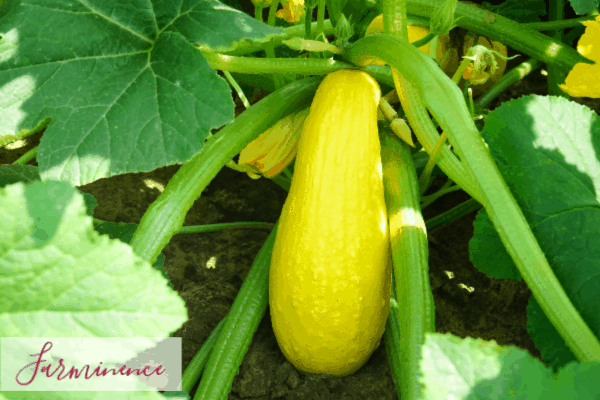Imagine stepping into your backyard and being greeted by rows of vibrant yellow squash, ready to be harvested. But how do you know when exactly is the best time to pluck these delicious vegetables from your garden? In this article, we will explore the ideal timing for harvesting yellow squash, ensuring that you enjoy them at their peak flavor and texture. So, put on your gardening gloves and get ready to savor the fruits of your labor!
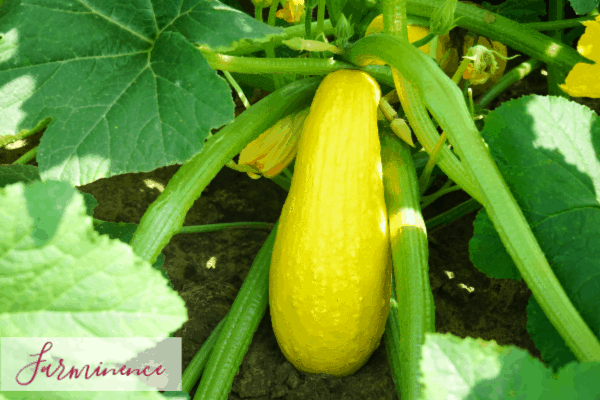
Factors to Consider
Variety of Yellow Squash
When harvesting yellow squash, it is important to consider the variety you are growing. Different varieties may have different optimal harvest times and characteristics. Some common varieties of yellow squash include the straight-neck, crookneck, and scallop squash. Each variety may have its own unique flavor profile and ripening characteristics, so it is essential to familiarize yourself with the specific variety you are growing.
Size of Yellow Squash
The size of the yellow squash can affect its taste and texture. Generally, young and smaller squash tend to have a more tender and delicate flavor, while larger squash may have a denser texture and slightly stronger taste. Consider the preferred size for the variety you are growing and harvest accordingly.
Color of Yellow Squash
Yellow squash should have a vibrant, uniform yellow color when it is ripe and ready to be harvested. Avoid picking squash that are still pale or have green streaks, as they may not have developed their full flavor yet. The color should be consistent throughout the entire skin of the squash, indicating that it has matured evenly.
Texture of Yellow Squash
The texture of the yellow squash can be an indicator of its readiness for harvest. When the squash is at its peak, it should feel firm to the touch but not too hard. A slight give when gentle pressure is applied suggests that the squash is ripe and ready to be harvested. Avoid squash that feels overly soft, as it may be overripe and past its prime.
Growing Conditions
The growing conditions in your garden can also impact the optimal time to harvest yellow squash. Factors such as temperature, sunlight exposure, and soil fertility can influence the development and maturity of the squash. It is essential to understand the specific needs of the variety you are growing and provide suitable growing conditions to ensure optimal harvest timing.
Stage of Maturity
Harvesting Immature Yellow Squash
If you prefer a more tender and mild flavor, you may choose to harvest yellow squash when it is still immature. Immature yellow squash, also known as baby squash, is harvested when it is small and just beginning to develop. These smaller squash are ideal for dishes that require a more delicate texture and mild flavor. To harvest immature yellow squash, simply cut the squash from the stem using a sharp knife or garden shears.
Harvesting Mature Yellow Squash
For a fuller and slightly firmer texture, it is recommended to harvest yellow squash when it has reached its maturity. Mature yellow squash will have a more pronounced flavor and a denser texture compared to immature squash. Look for the vibrant yellow color, firmness, and a size that matches the guidelines for the specific variety you are growing. When harvesting mature yellow squash, be sure to cut the squash carefully from the stem to avoid damaging the plant.
Harvesting Overripe Yellow Squash
It is essential to monitor the yellow squash plants regularly to prevent overripening. Overripe yellow squash tends to have a mushy texture, a dull color, and can develop a bitter taste. If you notice any squash that has exceeded its optimal ripeness, remove it from the plant immediately to allow the plant’s energy to focus on developing new, healthy fruits.
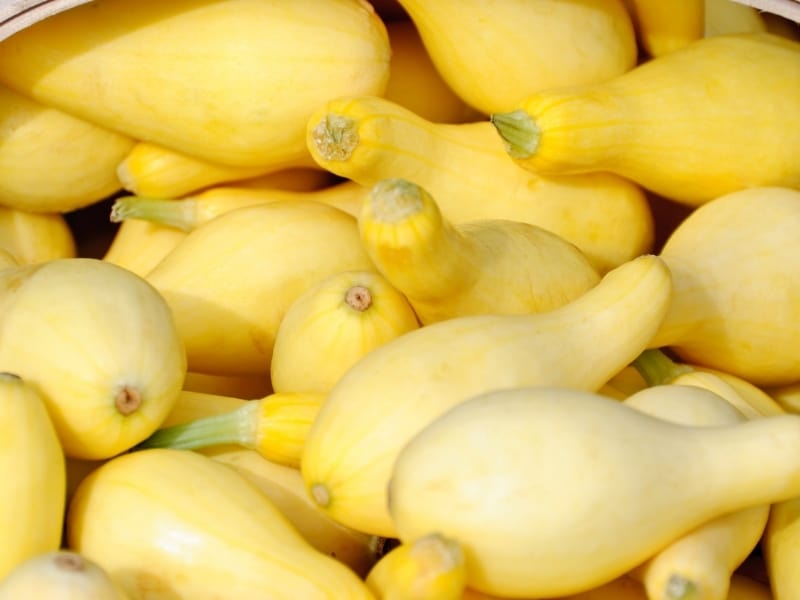
Time of Day
Morning Harvest
Many gardeners prefer to harvest yellow squash in the early morning. At this time, the squash plants are well-hydrated from the overnight dew, resulting in plump and juicy fruits. The coolness of the morning weather also helps preserve the freshness of the harvested squash. Additionally, harvesting in the morning allows you to avoid the peak heat of the day, which can be uncomfortable and potentially detrimental to the quality of the squash.
Midday Harvest
If harvesting in the morning is not feasible, midday is another suitable time for yellow squash harvest. By midday, the morning dew has evaporated, and the squash plants have absorbed sunlight, providing the necessary energy for growth. However, be cautious of high temperatures during midday, as excessive heat can cause the squash to wilt and deteriorate more quickly. Harvesting in midday should be done promptly to minimize exposure to the heat.
Evening Harvest
For those who prefer a more relaxed and peaceful harvest experience, evening time can be a favorable option. Harvesting yellow squash in the evening allows you to take advantage of the cooler temperatures, making it more comfortable to work in the garden. Additionally, the lower temperatures in the evening help preserve the quality of the harvested squash. Just ensure that there is enough daylight remaining to see and inspect the squash properly.
Harvesting Yellow Squash
Equipment needed
Before embarking on your yellow squash harvest, gather the necessary equipment to ensure a smooth and efficient process. You will need a sharp knife or garden shears to cut the squash from the plant. It is essential to have a clean and sharp cutting tool to minimize damage to the plant and facilitate a clean cut. Additionally, having a basket or container to collect the harvested squash will help keep them organized and prevent accidental damage.
Inspecting the Squash
Before harvesting, it is crucial to inspect the yellow squash for any signs of damage or disease. Look for any bruising, rotting, or discoloration on the surface of the squash. Avoid harvesting squash that show these signs, as they are likely not suitable for consumption or long-term storage. Only select the squash that appear healthy, firm, and vibrant in color.
Harvesting Technique
To harvest yellow squash, carefully cut the stem of the squash from the plant, ensuring that you do not damage the plant or neighboring fruits. Use a clean, sharp knife or garden shears to make a clean cut, leaving a short stem attached to the squash. Holding the squash gently with one hand, position the blade near the stem and apply a steady, controlled downward pressure to make the cut. Place the harvested squash in your basket or container, being careful not to place them on top of each other to prevent squashing and bruising.
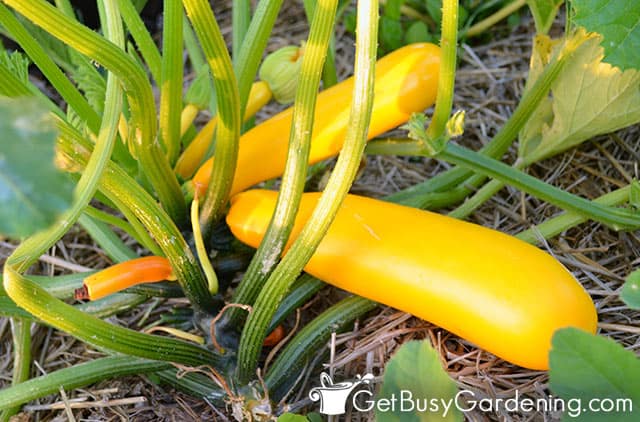
Storing Yellow Squash
Cleaning the Squash
After harvesting yellow squash, it is important to clean them before storing or using them. Gently wash the squash under cool running water to remove any dirt or debris from the surface. Be careful not to scrub the squash too vigorously, as this can damage the delicate skin. Once cleaned, pat the squash dry with a clean towel or allow them to air dry fully before storing.
Preventing Moisture
Moisture can cause yellow squash to deteriorate quickly, so it is crucial to minimize moisture exposure during storage. Before storing the squash, ensure they are completely dry to prevent the growth of mold or rot. Never store wet or damp squash, as this can promote the development of fungal diseases. To further prevent moisture, consider placing a dry paper towel or cloth in the storage container to absorb any excess moisture.
Proper Temperature
Yellow squash is best stored at a cool temperature, ideally between 45°F and 55°F (7°C and 13°C). Avoid storing squash in the refrigerator, as the cold temperatures can cause chilling injury and affect the flavor and texture. Instead, find a cool and dry location, such as a cellar or a shaded area in your home, to store the squash. If needed, you can use a well-ventilated crisper drawer in the refrigerator as a temporary storage solution, but it is still recommended to consume the squash promptly.
Length of Storage
Although yellow squash is best enjoyed when it is fresh, it can be stored for a limited period. Depending on its freshness at the time of harvest, yellow squash can be stored for up to one week. However, it is recommended to monitor the squash regularly during storage and consume any that show signs of spoilage promptly. Using the stored squash in recipes that require cooking can help extend their usability.
Common Harvesting Mistakes
Harvesting Too Early
One of the most common mistakes when harvesting yellow squash is picking it too early. Immature squash may lack the desired flavor and texture, resulting in a subpar culinary experience. To avoid this, be patient and wait until the squash has reached its optimal maturity. Refer to the specific variety guidelines and ensure that the squash meets the recommended size, color, and texture before harvesting.
Leaving Squash Too Long
On the flip side, leaving yellow squash on the plant for too long can also lead to disappointment. Overripe squash can become mushy, develop a bitter taste, or even rot. Regularly inspect the squash plants and harvest them promptly when they have reached their maturity. Avoid delaying the harvest excessively, especially during warmer weather, to preserve the quality of the crop.
Rough Handling
Yellow squash can be delicate, and rough handling during the harvest process can cause damage and bruising. Always handle the squash with care, avoiding excessive squeezing or dropping. Damaged squash can deteriorate quickly and may not be suitable for long-term storage or use. Treat the harvested squash gently to maintain their freshness and quality.
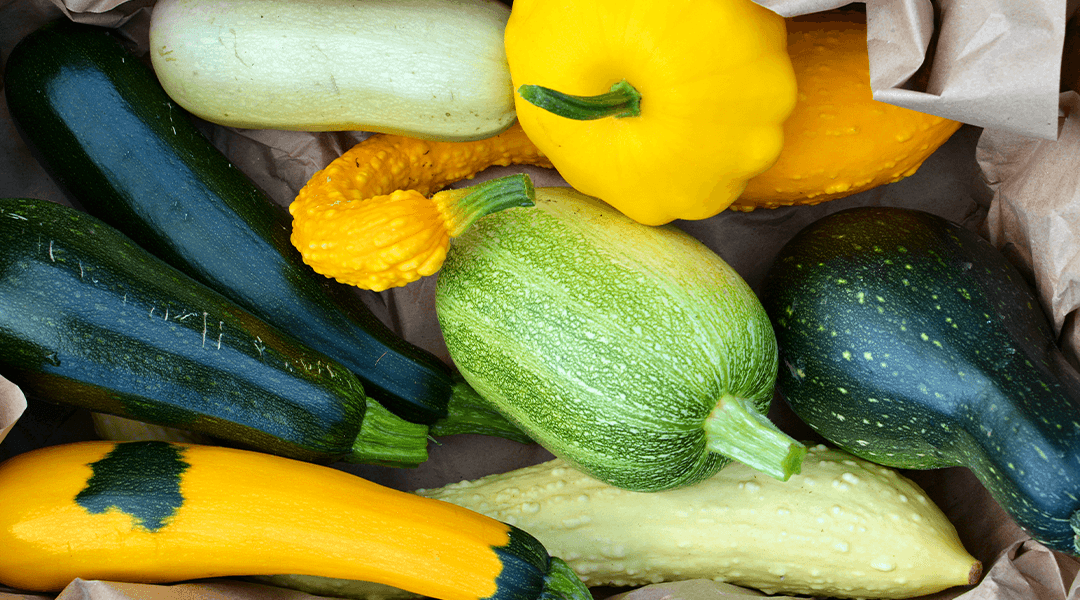
Impact of Weather Conditions
Hot Weather
High temperatures can accelerate the maturation process of yellow squash and cause it to become dry and unappealing. During periods of hot weather, it is important to monitor the squash plants more frequently for signs of maturity. Harvesting may need to be conducted more often to ensure the squash is harvested at its peak. Additionally, the heat can make the harvesting process uncomfortable, so consider harvesting in the early morning or evening when the temperatures are cooler.
Cold Weather
Cold weather can slow down the ripening process of yellow squash and make it more challenging to achieve optimal maturity. Squash plants may take longer to develop and produce fruits in cool temperatures. It is important to be patient and monitor the progress of the squash plants during colder weather conditions. Consider using protective coverings or row covers to provide additional warmth and extend the growing season if necessary.
Wet Weather
Excessive moisture from rain or high humidity can promote the development of fungal diseases on yellow squash. Moisture-loving diseases, such as powdery mildew or blossom end rot, can negatively impact the quality and taste of the squash. During wet weather conditions, it is crucial to monitor the plants and take preventive measures, such as ensuring proper airflow and removing affected leaves or fruits promptly. Harvesting may also need to be adjusted to avoid leaving the squash exposed to prolonged moisture.
Harvesting for Seed Saving
Selecting the Right Squash
If you are interested in saving seeds from your yellow squash, it is important to select the right squash for seed saving. Choose yellow squash that are fully mature and have developed beyond the stage of ideal harvest for consumption. Look for well-developed fruits with a vibrant yellow color, a firm texture, and signs of aging, such as the skin starting to wrinkle or harden.
Mature Seed Development
Allow the selected yellow squash to remain on the plant until they have fully matured and started to decline. As the squash matures further, the seeds inside will also ripen and reach their optimal development for seed saving. Often, the squash will become overripe and inedible during this process, but that is perfectly normal for seed-saving purposes. Once the squash is thoroughly matured, it can be harvested and the seeds extracted for future use.
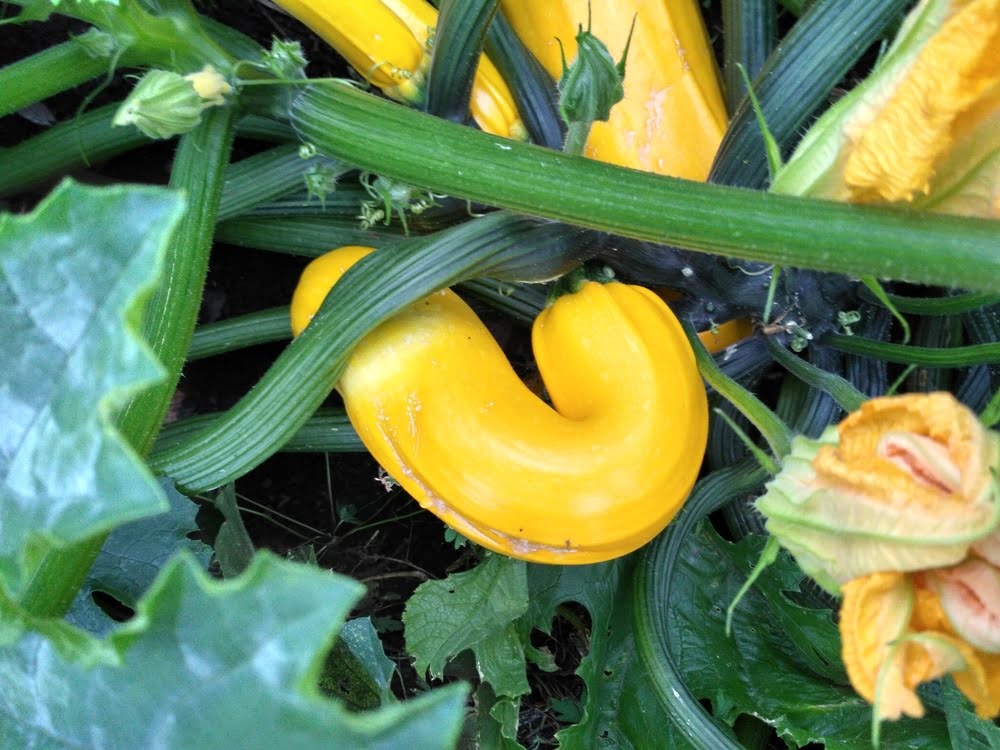
Understanding Different Varieties
Summer Yellow Squash
Summer yellow squash varieties are typically harvested during the warm months and have a softer texture than their winter counterparts. These varieties include the popular straight-neck and crookneck squash. Summer yellow squash is known for its delicate flavor and is often enjoyed in various summer dishes and recipes. When harvesting summer yellow squash, pay close attention to the color, size, and texture to ensure optimal ripeness.
Winter Yellow Squash
Winter yellow squash, also known as winter squash, has a denser and firmer texture compared to summer varieties. Common winter squash varieties include the butternut and acorn squash. These types of squash have a longer growing season and are typically harvested in the late summer or fall. When harvesting winter yellow squash, consider the specific ripening characteristics of the variety and harvest accordingly. Winter squash can be stored for an extended period and is often utilized in hearty dishes during the colder months.
Conclusion
Harvesting yellow squash requires careful consideration of various factors such as the variety, size, color, texture, and growing conditions. By understanding the specific needs of your chosen variety and paying attention to signs of maturity, you can enhance the flavor and texture of your harvested squash. Additionally, being mindful of the optimal time of day and proper handling techniques can further ensure the quality of the harvest. Whether you are enjoying fresh yellow squash for a summer dish or saving seeds for future plantings, a well-timed and well-executed harvest will undoubtedly contribute to a satisfying and rewarding gardening experience.
